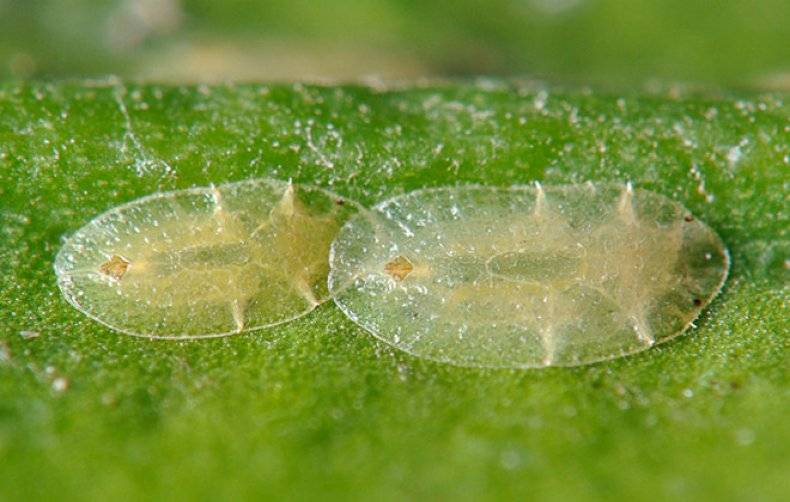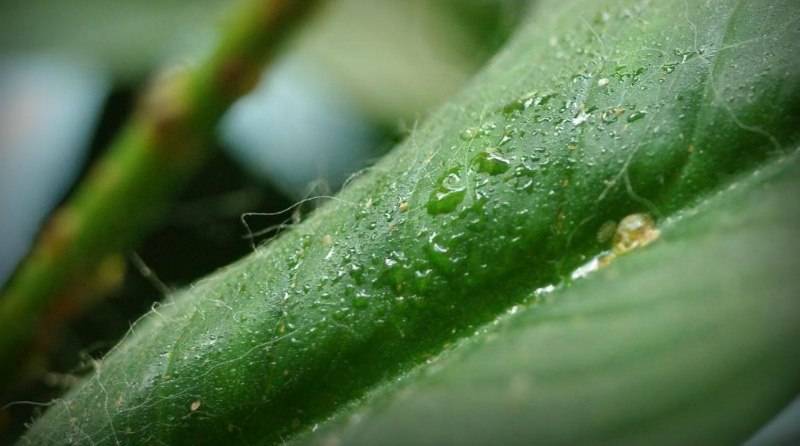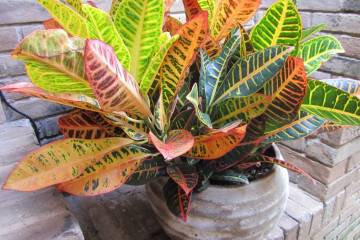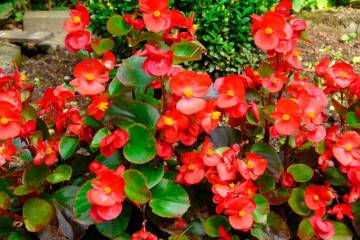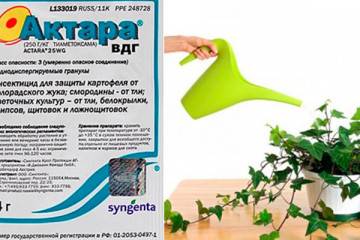Sticky leaves in indoor plants - causes and struggles
Content:
Healthy and well-groomed indoor plants add coziness to the apartment. But often they are struck by diseases that need to be identified and cured in time in order to save their beloved flower. If a white sticky bloom has appeared on indoor flowers, this article will tell you how to get rid of and return the plant to its former attractiveness.
Causes of the appearance of sticky plaque
Houseplants are most often the gardener's favorites, and therefore are under close scrutiny. An unexpected event is the appearance of plaque and stickiness on the leaves, which seemed normal for a couple of days. Should this alarm the owner and why did the leaves of indoor flowers become sticky?
If a viscous layer of liquid appears on the leaves, on which dust and small debris collects, you should pay attention to this. This may mean the appearance of harmful insects that feed on plant sap.
There are a number of insects that can leave a sticky mark on the leaves of a plant. Most often these are hemiptera, which are adapted to life in an apartment. They cannot be seen without a magnifying glass.
Shield: what it looks like
The scale insect belongs to the Hemiptera family, which numbers over 2.6 thousand species. The small size of the insect allows it to remain invisible: the body length does not exceed 2 mm. If a scale insect appears on a plant, it may die in a short time. The insect has a light body, which can be seen without a magnifying glass on the dark leaves of the flower.
The false shield, which is part of the same order as the shield, also parasitizes indoor plants, but there are certain differences. First of all, they relate to appearance: the false shield has a brown body, protected by a shell, which is a dead skin layer, the scales of which do not fall off.
Scale development cycle
The scale insect develops quite quickly - it should take about 1-2 weeks from the awakening of the first instar larvae to the sexually mature individual. They can then begin to hatch eggs. It takes about 3 months for the eggs to ripen, the clutch is 250 to 500 specimens. Often after this, the individual dies.
Harm and possible consequences of scabbards
Insects feed on the sap of the leaves. These pests are very dangerous for the indoor flower. Often, such a neighborhood leads to the death of the plant. At the place where the insect stops to feed, dots of yellow and brown appear.
Chemicals to combat sticky leaves
Sticky leaves in indoor plants: causes and struggles may not be related to each other. Regardless of the type of pest, it is required to use a set of measures to get rid of the plant destroyer.Often people neglect chemical means of struggle, relying on folk remedies, because they are afraid for the condition of the plant. However, this approach does not always help to avoid unpleasant consequences for the grower.
Do not worry about your favorite flowers, as it is not so difficult to deal with sticky bloom on the leaves of indoor plants. It is worth adhering to the instructions for the use of each chemical. It is not recommended to forget about your own safety - if there are points about the need to use a respirator and rubber gloves.
If it is not possible to completely remove the pests from the first application, you will need to carry out the procedure again, since the scale insects reproduce very quickly. It is recommended to use insecticides such as Doctor, Commander, Fitoverm. When working with these substances, it is required to observe the dosage exactly, as well as to take the flowers out into the street or in another room.
Traditional methods of dealing with sticky plaque
Folk remedies to remove plaque and get rid of annoying insects can help achieve what you want without harm to humans and plants. If the number of pests is small, midges do not hover over the flower, then you can try to rid the flower of the scabbard with a solution of laundry soap.
It is required to wipe the leaves of a houseplant with a rag dipped in soapy water.
If you have natural tobacco, you can try your luck with its solution. This requires diluting it with water in a 1: 2 ratio. The solution must be insisted for a couple of days, and then, diluting it by half with water, spray the leaves and stems without touching the soil with the roots.
You can remove insects from plants with a citrus decoction. To do this, pour 100 grams of zest with water and insist in a warm place for three days. After this time, it is required to spray the flower with a solution. Repeat the procedure several times.
To repel pests, it is recommended to place geraniums or other crops with a pronounced aroma next to flowers that will repel insects.
If a sticky coating appears on the leaves of the plant, this means that the flower is teeming with pests. It is required to get rid of them by applying a set of measures - it is not enough to use only folk methods, since they are more loyal to most types of insects.

